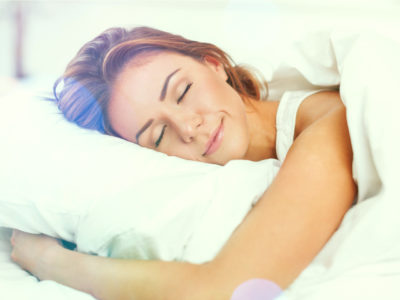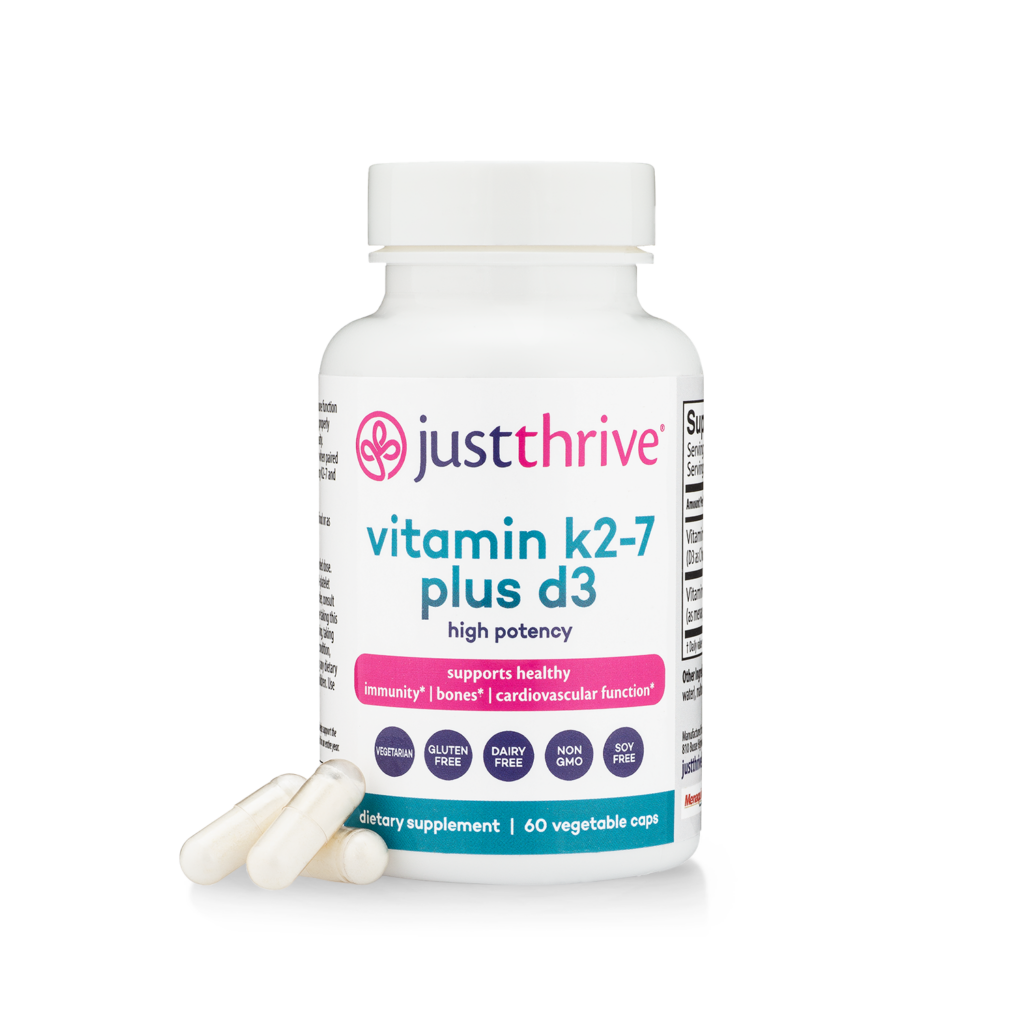Table of Contents[Hide][Show]
Keep it Simple: Let the Right Light In.
When we think about optimizing our health, oftentimes, the first idea that pops into our heads is changing our diet. But what if the light we take in has just as much to do with our vitality as the nutrients we consume?
The light we are exposed to on a daily basis is either hurting or helping our biology. Rethinking light exposure as a supplement could be the key to upgrading our wellness. Is “junk” light really the new junk food?
…And Then There Was “junk” light.
Let’s imagine light as a supplementation to our lifestyle. Like supplements in capsule form, the quality and source has much to do with the way our body reacts. Sunshine is the ultimate form of natural light, but sadly, many of us spend too much time indoors and under unnatural sources of light.
While the sun provides us with a full spectrum of light, man-made light sources such as LEDs or fluorescent bulbs emit damaging, white light that lack many of the spectrums that contribute our primal biological function. Our bodies were made for sunlight – we need it to receive and activate vitamin D ( by turning it into vitamin D sulfate.) Lack of Vitamin D is related to many serious ailments such as increased risk of deadly cancers, cardiovascular disease, multiple sclerosis, and rheumatoid arthritis.
One of the problems with artificial lights is that they have eliminated most of the infrared, red, and violet that is found in natural sunlight. Simply put, our bodies struggle with high levels of junk light and LEDs and fluorescents are guilty of emitting nearly 5 times the blue light we are equipped to handle.
Junk Light’s Top 2 Biggest Tip-Offs to Our Health
While LED lights claim to have energy saving benefits, the dark side of its consequences far outweigh the benefits. Here are a few major ways junk lights shift our health in the wrong direction:
It messes with our biological clock and disrupts sleep. The sun used to be the sole source of light until the creation of artificial lighting. Taking a step back in time reminds us of the rituals our ancestors took to wind down. Darkness was inevitable, so people would resort to candlelight writings or fireplace settings. Better yet, they went to sleep when the sun went down. Now, these blue wavelengths (beaming from our mobile devices, computers, and TV’s) that were once only present during the daytime are keeping us awake, boosting our attention, and amping up our mood.
Natural light is meant to keep our internal clock aligned with the environment and messing with our biology means less sleep and more frustration come daylight.
It can hurt our eyes and mess with our mitochondria. Because the eyes are intricately connected to the processes of the brain, it’s no surprise that the damage done to our eyes from absorbing blue lights profoundly affects the brain too.
Mitochondria (our bodies’ little power plants) are abundant in our brain cells. Sadly, the blue lights emitted from our screens are shown to induce mitochondrial DNA damage and free radical production. At the microscopic level, this means cellular aging, age-related illnesses, and even the development of tumors.
Better Bulbs, Brighter Future
Sadly, junk light is everywhere. Whether it’s the spotlight LEDs showcasing our grocery store aisles, or the buzzing fluorescent bulbs above our heads in the office, interacting with blue lights is a part of society. The good news is that our daily decisions can elevate a new way of living: one that shields against the harmful elements.
The more knowledge we obtain, the more responsibility we have in sharing it with the rest of the world. Next time you look into purchasing light bulbs, take a look at this healthier list of lights:
- Fire. This one is primal (and the healthiest.) If you have a reliable fireplace, why not cozy up with a mug of tea before bed next time?
- Candlelight. Come nighttime, light a few candles around the house. It’s super cost-efficient, and very romantic.
- Red LED lights. Red lights are radical at recharging our mitochondria. Better yet, they are very affordable and easy to install.
- Halogen lights. This is a great bulb choice as it’s most like natural sunlight (though not full-spectrum.)
Additionally you can:
- Supplement: Take extra antioxidants (like Glutathione, the “master” antioxidant) to counteract the oxidative stress brought about by the blue lights.
- Use the right tech: Bulletproof makes applicable screen devices called Zen Tech. They block the narrow spectrum of blue that causes the most damage. You can apply this to your iPhone, MacBook, or iPad.
You May Also Like…




